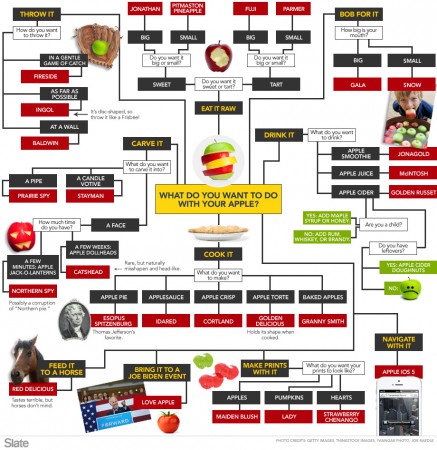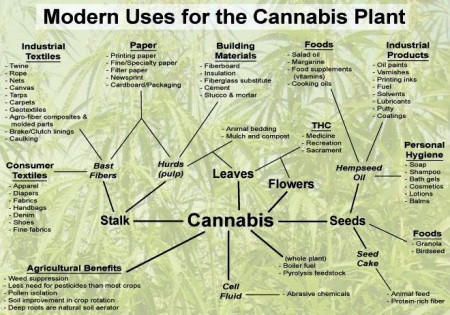You know that horrible feeling when you realize you’ve used the wrong apple variety? Well, you need never have it again, not with this handy new flowchart from Slate.
Now, if they could only do something similar for another important multi-purpose crop…

